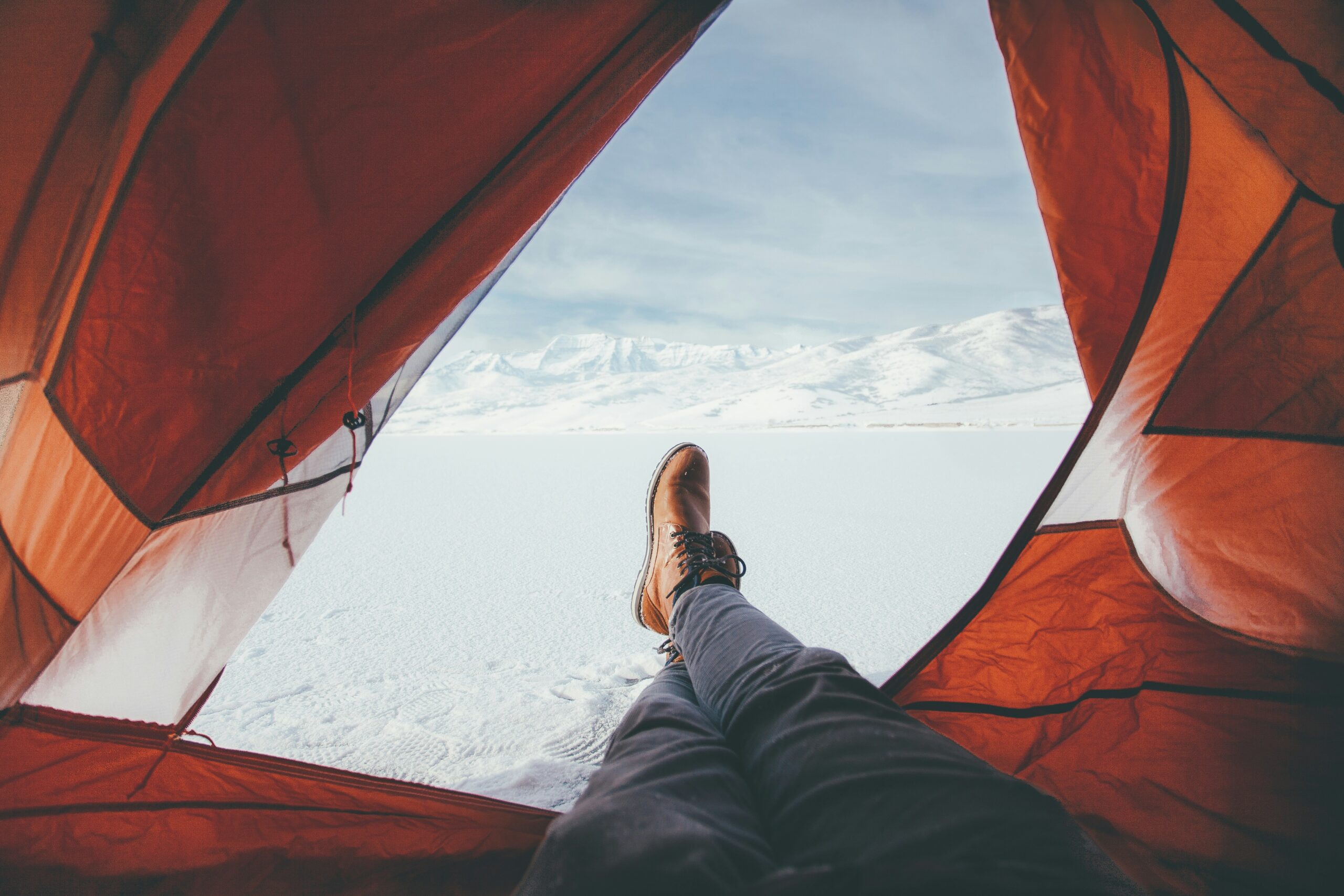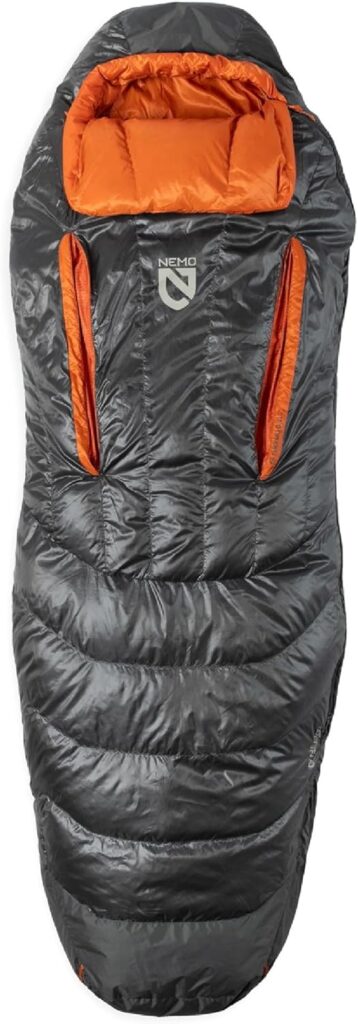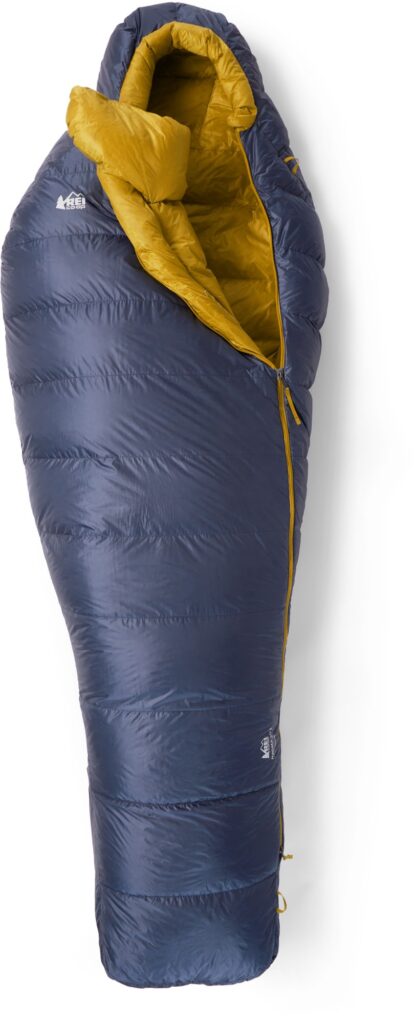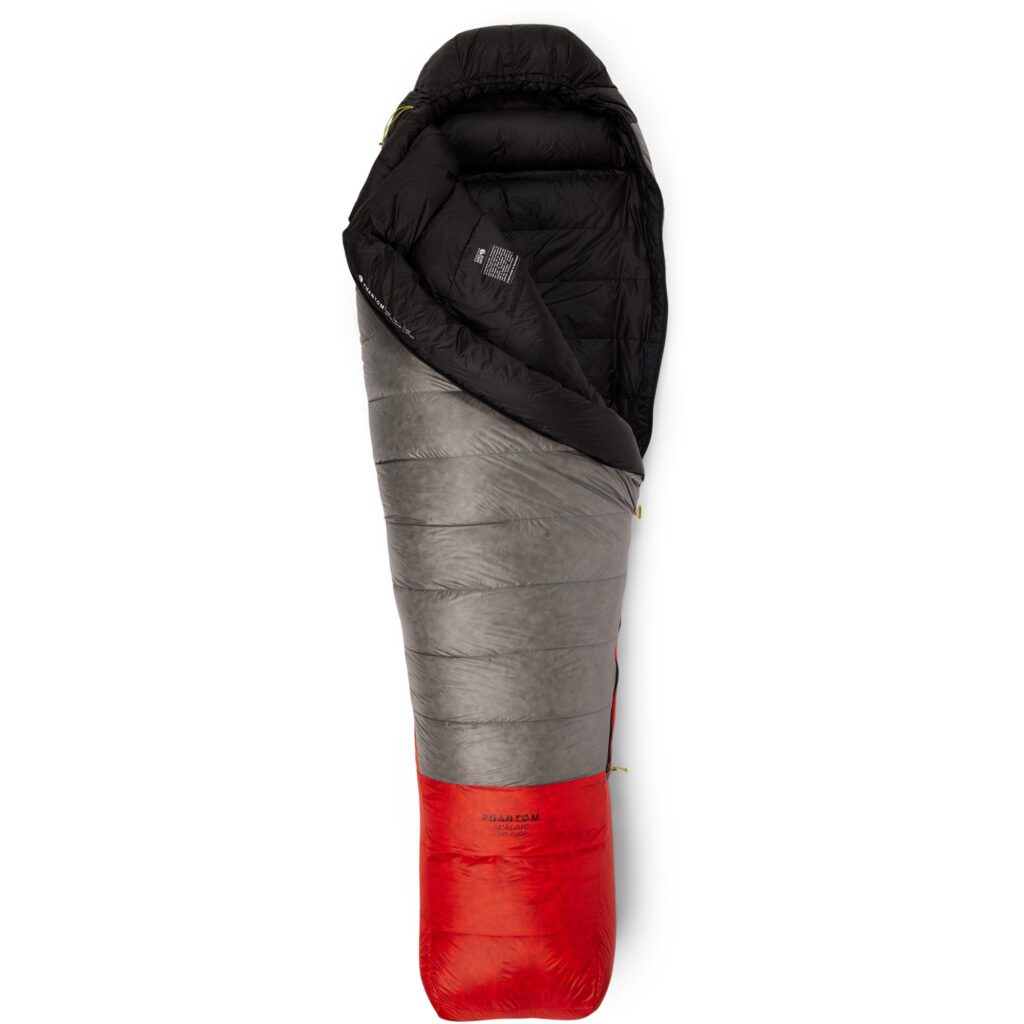<script type="text/javascript" src="http://classic.avantlink.com/affiliate_app_confirm.php?mode=js&authResponse=c4e13e1b9b5acdedad16d533a16f7bf0c234d607"></script>
<script type="text/javascript" src="http://classic.avantlink.com/affiliate_app_confirm.php?mode=js&authResponse=c4e13e1b9b5acdedad16d533a16f7bf0c234d607"></script>

Choosing a sleeping bag with the right temperature rating is essential for staying warm and comfortable during your camping trips. Whether you’re backpacking in the mountains or camping in mild weather, understanding temperature ratings ensures you don’t end up too cold or too hot at night.
In this guide, we’ll break down how sleeping bag temperature ratings work, explain the EN/ISO rating system, and help you choose the best sleeping bag for your camping conditions. If you’re looking for top-rated options, check out our Best Sleeping Bags of 2025 for expert recommendations.
A sleeping bag’s temperature rating indicates the lowest temperature at which it can keep you warm. However, these ratings are not always exact since factors like personal metabolism, clothing, and sleeping pad insulation affect warmth.
🔹 Pro Tip: Always choose a sleeping bag rated 10°F lower than the coldest temperature you expect to encounter.
Most modern sleeping bags follow EN (European Norm) 13537 or ISO (International Organization for Standardization) 23537 testing standards. These tests assign three key temperature ratings:
🔹 Best for accuracy: Choose a sleeping bag based on the Comfort or Limit rating, not the Extreme rating.
| Camping Conditions | Recommended Comfort Rating | Recommended Limit Rating |
|---|---|---|
| Summer (above 35°F) | 35°F to 50°F | 30°F to 45°F |
| Three-Season (20°F to 35°F) | 25°F to 35°F | 15°F to 30°F |
| Winter (below 20°F) | 10°F to 20°F | 0°F to 15°F |
| Extreme Cold (below 0°F) | -10°F to 0°F | -20°F to -10°F |
🔹 Best for versatility: A three-season bag (20°F to 35°F) works for most trips.
✔ Lightweight & compressible
✔ Excellent warmth-to-weight ratio
✔ Lasts longer with proper care
✖ Loses insulation when wet (unless treated with water-resistant down)
🔹 Best for: Backpacking and ultralight camping.
✔ Performs better in wet conditions
✔ Dries quickly
✔ More affordable than down
✖ Heavier and bulkier than down
🔹 Best for: Budget campers and wet climates.
Your sleeping pad’s R-value (insulation rating) affects how well you retain heat at night. A low R-value sleeping pad can make a warm sleeping bag feel colder by allowing heat to escape into the ground.
| Season | Recommended R-Value |
|---|---|
| Summer | 1.0 – 2.5 |
| Three-Season | 2.5 – 4.0 |
| Winter | 4.0+ |
🔹 Best for warmth: Use a higher R-value sleeping pad in cold conditions.

👉 Pairs well with: Best Sleeping Pads of 2025 for added insulation.

👉 Pairs well with: Best Lightweight Backpacks of 2025 for summer hiking trips.

👉 Pairs well with: Best 4-Season Tents of 2025 for extreme weather camping.
How accurate are sleeping bag temperature ratings?
What’s the best sleeping bag temperature rating for beginners?
Do sleeping bag liners really add warmth?
Can I use a sleeping bag below its comfort rating?
Understanding temperature ratings helps you choose a sleeping bag that keeps you warm, comfortable, and safe in any camping environment. Whether you need a summer bag, a versatile three-season option, or an extreme cold-weather sleeping bag, knowing the right ratings ensures a better night’s sleep outdoors.
Looking for top-rated sleeping bags? Check out our Best Sleeping Bags of 2025 for expert recommendations!